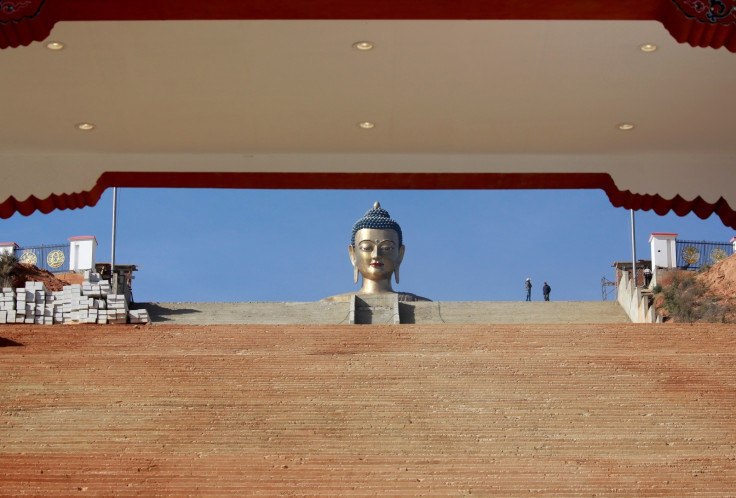In search of the real Bhutan beyond the snow-capped mountains and Buddhist monasteries
The once-isolated Himalayan kingdom of Bhutan is changing, and bringing the modern world's problems in its wake.
Sandwiched between India and Tibet, Bhutan is billed in tourist brochures as the "Last Shangri-La" or the "Land of True Happiness". But the once-isolated Himalayan kingdom is changing, and bringing the modern world's problems in its wake.
Reuters photojournalist Cathal McNaughton went in search of the real Bhutan beyond the snow-capped mountains and Buddhist monasteries.
The first car arrived in Bhutan in 1961, the first foreign tourists were allowed in 1974, and television was finally permitted in 1999. Today, Thimpu is probably the only world capital city that doesn't have any traffic lights, but the city does boast some five-star hotels, an increasing range of restaurants, and several nightclubs.


The city is also seeing an increase in the problems facing world cities: unemployment, housing issues, alcoholism and substance abuse. McNaughton's photos show men smoking and gambling in pool halls, and youths playing violent video games in Internet cafes.





Inside a gaudily lit dance club, guests watch a 38-year-old woman swaying to the songs they choose, usually traditional folk music but sometimes a Bollywood number or two. Lhaden, a divorced mother-of-two, dances until midnight, and like thousands of her compatriots, is struggling to make ends meet.
"I'm not happy or sad about things, I have no other choice," she said. Bhutan measures its national wealth by a Gross National Happiness index aiming to build a contented, fulfilled society. But Lhaden, who earns $125 a month, is counting the pennies. "I live in such a small flat so I can afford food and clothes."



Signs of change are everywhere, pulling the country of snow-capped, jagged mountains, forests, rivers and clean air into the modern world. Smoke billows from construction sites across the country and a giant bronze-and-gold Buddha statue that commands the entry to the Thimphu valley now shares space with modern telecom towers.

Westerners may be surprised by how built-up and industrialised parts of Bhutan are. McNaughton said he wanted to show another side of Bhutan. "It's not all monks," he said. "It could be anywhere. It's important in our role as journalists to show the reality."





On the streets and even in the countryside, jeans have become as commonplace as the traditional Bhutanese knee-length gho robes for men and the ankle-length kira dresses that women wear. McNaughton photographed a 73-year-old man named Zeko. He said: "I'm happy to have a mobile phone so I can talk to my relatives and children any time I want." But, in the next breath, he added that he was not keen on the way women dress these days.

Bhutan's £1.6 bilion ($2.2bn) economy remains predominantly agricultural, but mobile phones and TV sets are everywhere, even in the Phobjikha Valley, a tourist haven about seven hours' drive from Thimphu.
"Children are spending more time on their mobile phones and not studying," said Ap Daw, 43, a farmer who also bemoans the rising mounds of trash by the road. Next to his house, a squad of Buddhist monks has discarded their crimson robes to play football, in Manchester United and Chelsea jerseys.





Daw's 13-year-old son, Sonam Tshering, a football fan himself, has big dreams, too. "I would love to become a science teacher and watch Cristiano Ronaldo play for Real Madrid," said Sonam as he helped feed the family cattle.






















